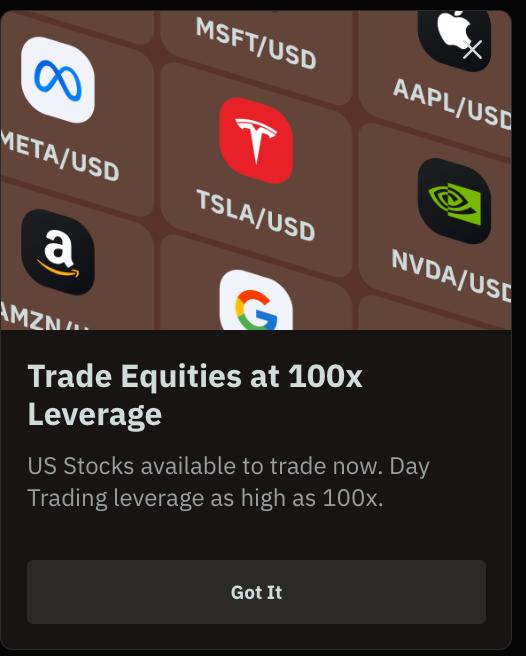Understanding and Using Leverage to Your Advantage
If you are an online forex trader, you undoubtedly are looking for every opportunity you can possibly find to get the best advantages around. After all, this isn’t play money you are handling; this is a real opportunity to make – or lose – actual money.
Understanding how to use leverage – a powerful way to optimize your profits – is a key part of turning this possibility into reality.
In this article, we’ll discuss and explain leverage and how you can use leverage in your forex trading strategy for maximum success.

What is Leverage?
In global forex trading, currencies are bought and sold using capital. The money you invest in a currency is your capital, and normally, its buying power is defined by how much capital you have amassed.
Let’s say you have $1,000 in your account. USD/CAD is trading at parity, at 1.0000. With your initial capital, under normal trading rules, you can purchase 1,000 units worth of Canadian dollars.
Leverage is a way you can buy and sell larger amounts of currency than what your account is worth. To put it another way, it is a method by which you can control large sums of currency with a small amount of capital.
Leverage is generally expressed in ratios. For example, being able to buy 1,000 units priced at $1.0000 for $1,000 is a 1:1 ratio (one dollar in your capital can buy one dollar worth of currency). Being able to control, say, five times as much means you have a 5:1 ratio.
Let’s say you still have $1,000 in your account. USD/CAD is still a parity, but this time, you have a 5:1 leverage ratio. This means you can purchase five times as many units as before. So, instead of having 1,000 units, you now have 5,000 units.
That sounds great, but what does it mean?
Using Leverage in Forex
Online FX trading is a prime opportunity for using leverage. Leverage is designed to vastly increase your purchasing and trading power without having massive funds – which gives individual investors the ability to make serious profit.
Profit in forex, without leverage, can be very small. This is because forex currencies move in very small increments, up or down. For example, let’s say you have 1,000 units of Canadian dollars at 1.0000 USD. In one day, USD/CAD drops modestly, to 0.9990.
You would make a profit of 0.001 per unit. In other words, you made a profit of one dollar!
That doesn’t seem like much, but let’s say you use a fairly standard leverage ratio of 50:1. Now, your dollar is multiplied by 50, which gives you a profit of $50.
In essence, you are multiplying your gains by 50. That is how most serious individual traders make money with forex without having huge capital reserves that usually are only possible with large brokerage houses.
Pros and Cons of Leverage
Of course, if you can increase your profit 10, 20, 50, or even 100 times, you can also lose by the same amount. For example, if the Canadian dollar had declined in value relative to the US dollar, you would’ve lost $50 from your original investment.
That is why the decision to use leverage is one that must be taken very seriously, and examined thoroughly. For some, the risk simply isn’t worth the reward, if one does not feel confident in their trading abilities.
For others, though, leverage is a necessity in order to make real money off of online forex trading.
You should consider how much leverage is acceptable for you. Higher leverage ratios may not necessarily be good for you, because they expose you to greater erosion of your trading capital. After all, you are essentially borrowing money (called trading on margin) to make these large moves.
Be prudent and practical when using leverage – a powerful tool that can give you incredible purchasing power in the forex markets if used wisely.



























Comments (0 comment(s))